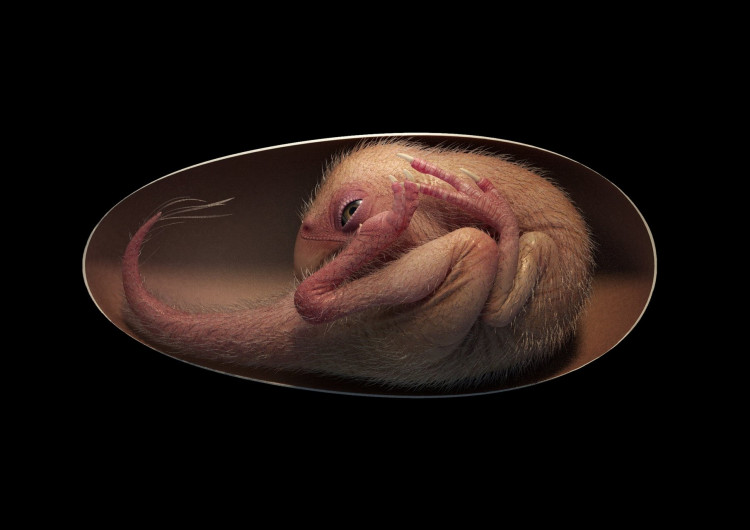It has long been known that modern birds are direct descendants of dinosaurs. Now, a new study of a fossilized dinosaur embryo has brought that prehistoric bond into sharper perspective.
The fossil, which is approximately 70 million years old, encases the skeleton of an oviraptorid dinasour in its embryonic stage, and is now being called Baby Yingliang after the Chinese museum where it has been kept.
Baby dinosaur bones are small and brittle, and they are only very seldom preserved as fossils, so this was a very fortuitous find, according to Darla Zelenitsky, an associate professor of geology at the University of Calgary in Canada.
The egg is around 17 cm (6.7 in) long, whereas the curled-up body of the embryo is predicted to be 27 cm (10.6 in) long if pulled straight. The manner in which it is curled is the focus of the new study.
Such movements are linked to a behavior called tucking in modern birds, which is controlled by the central nervous system and essential for hatching success.
Tucking was previously assumed to be a bird-only behavior. This latest discovery, however, shows that it may have originated in the theropod dinosaur group, which included the oviraptorosaurs, effectively establishing and solidifying the link between dinosaurs and modern birds.
All birds are descended from theropods, a group of two-legged dinosaurs that includes the colossal Tyrannosaurus rex and the smaller velociraptors.
Modern birds have inherited a variety of behaviors from their dinosaur forebears, including pre-hatching activity. According to scientists, dinosaurs have done this, resting on top of their eggs for incubation, similar to birds.
Bought in 2000 by Liang Liu, the fossil was unearthed in China's Jiangxi province. Liang serves as the director for Chinese stone company Yingliang Group.
It ended up in storage, virtually forgotten until roughly 10 years later, when museum staff combed through the boxes and discovered the fossil while building the Yingliang Stone Nature History Museum. The company contributes to the museum's operation.
Waisum Ma, lead author of the study and reseacher at U.K.'s University of Birmingham said in a statement they were virtually surprised to have seen the emrbyo "beautifully preserved" within a dinosaur egg, and lying in a posture similar to how an ordinary bird would.
"This posture had not been recognized in non-avian dinosaurs before," Waisum commented.
The research was recently published in the journal iScience, which also involved scientists from the Yingliang Stone Nature History Museum, the Chinese Academy of Sciences, and the University of Calgary in Canada.






